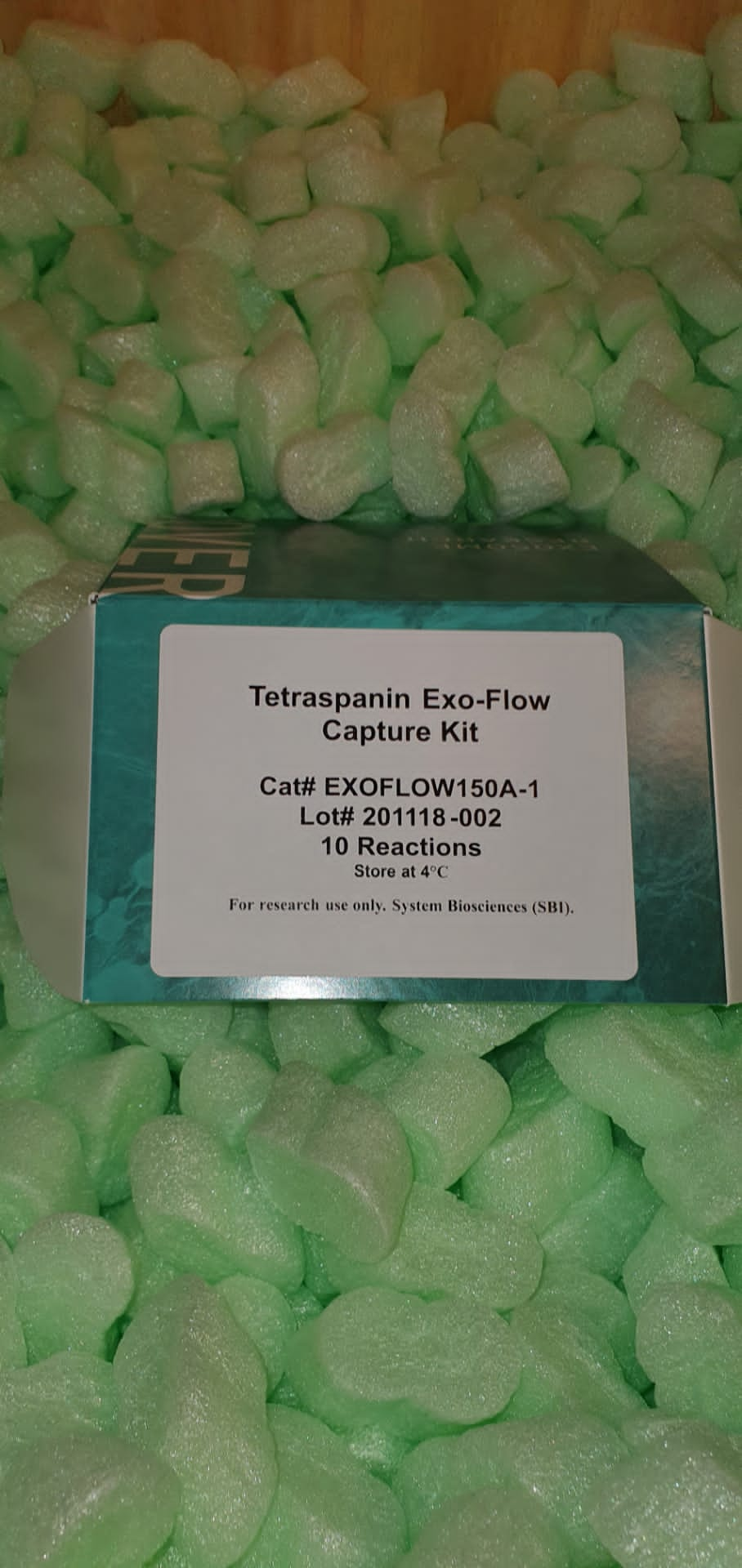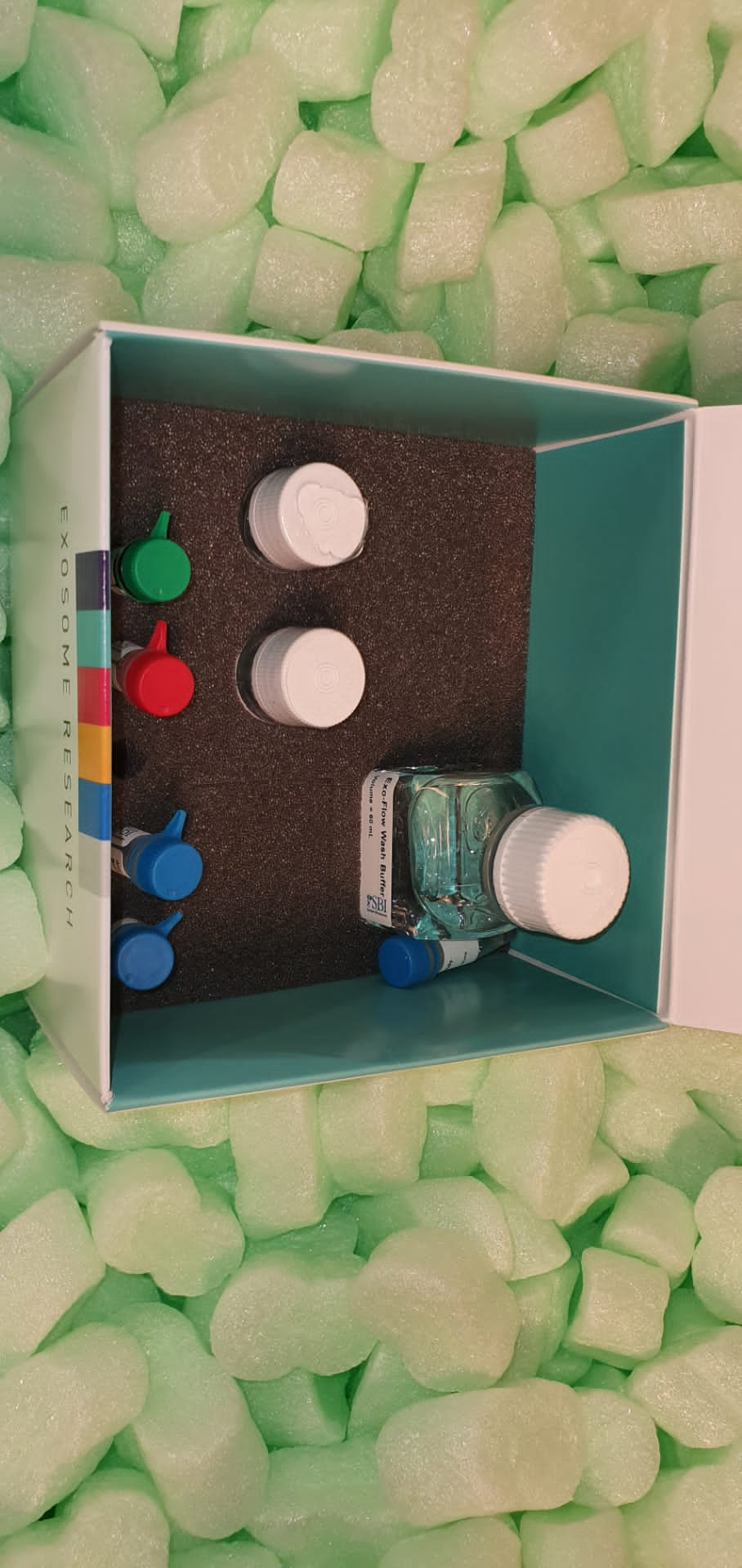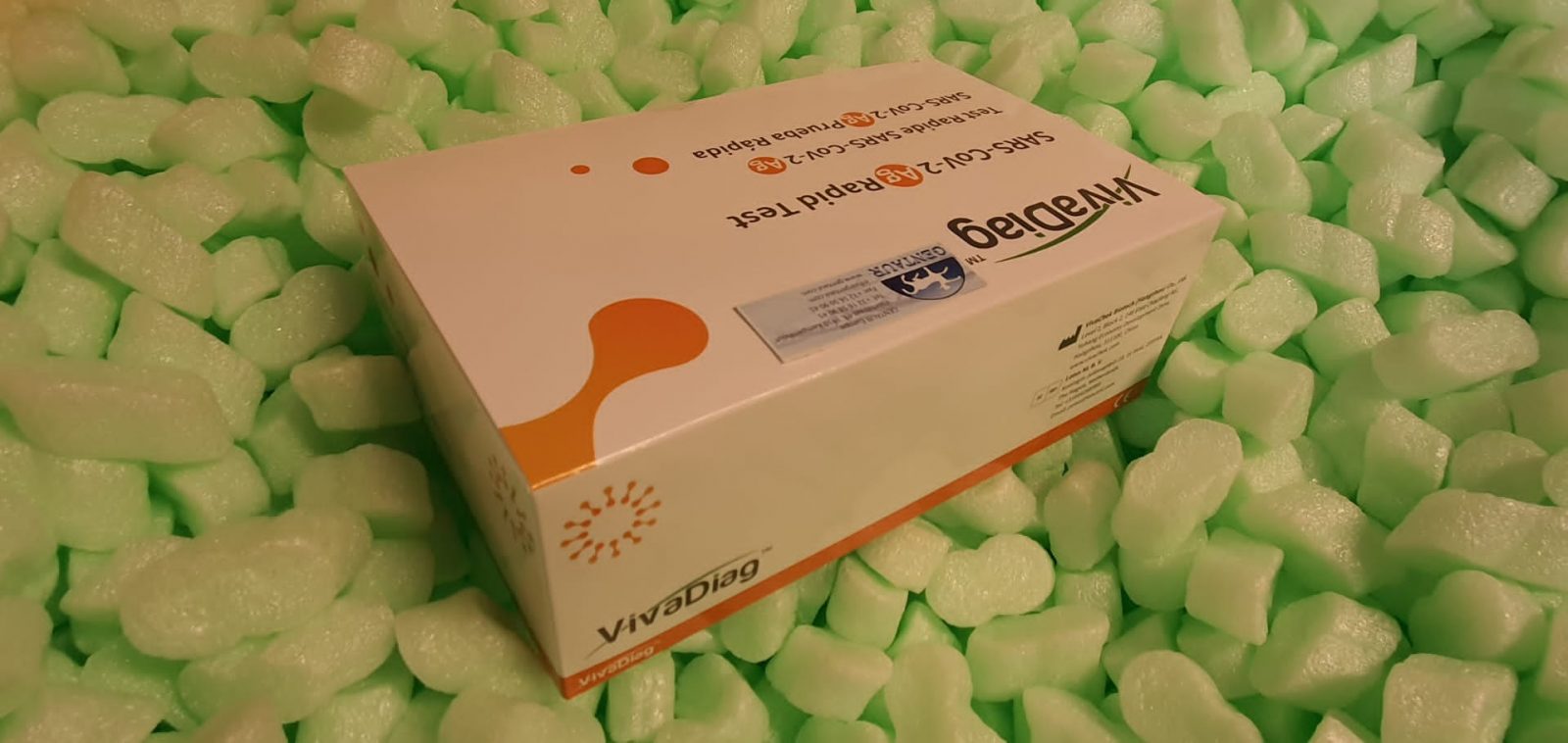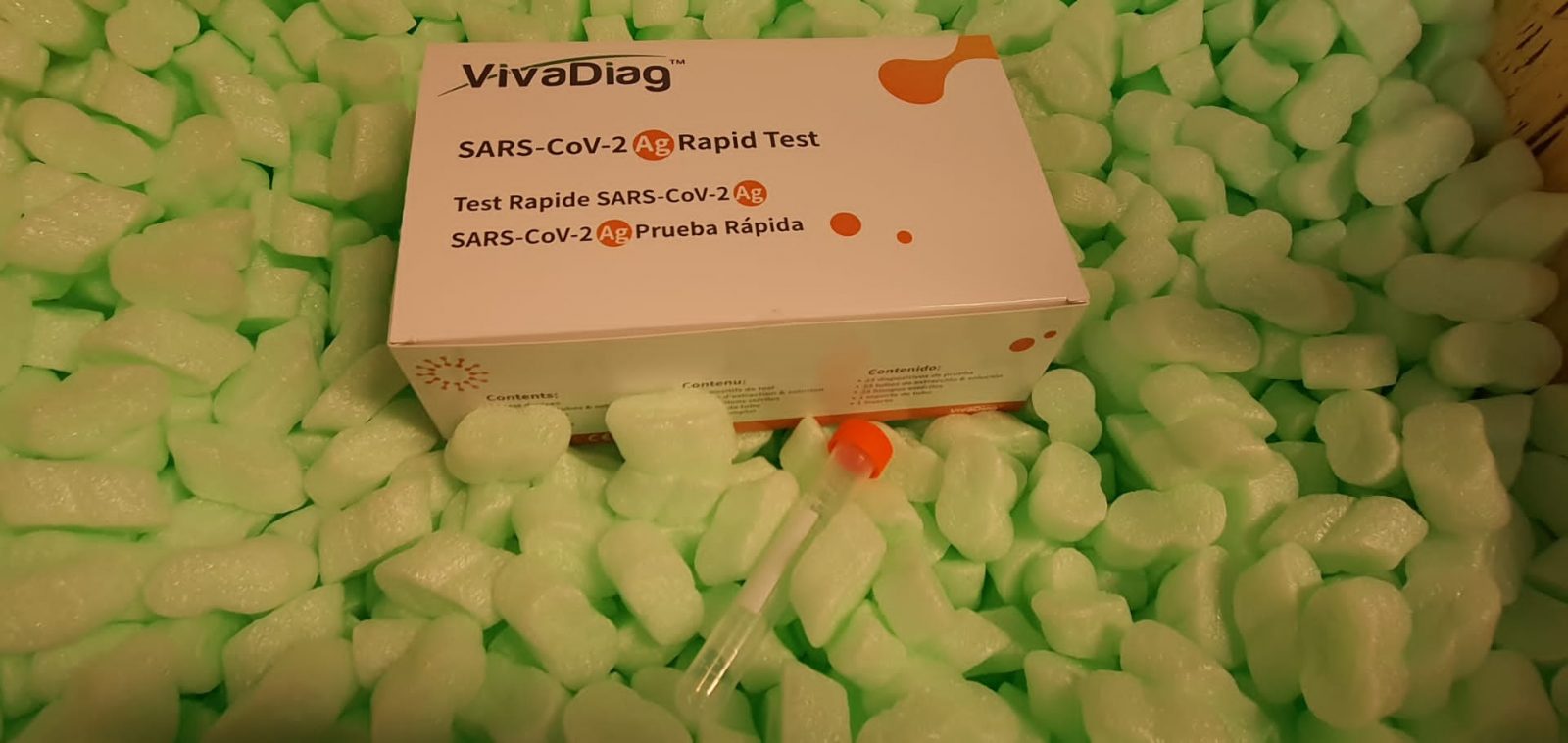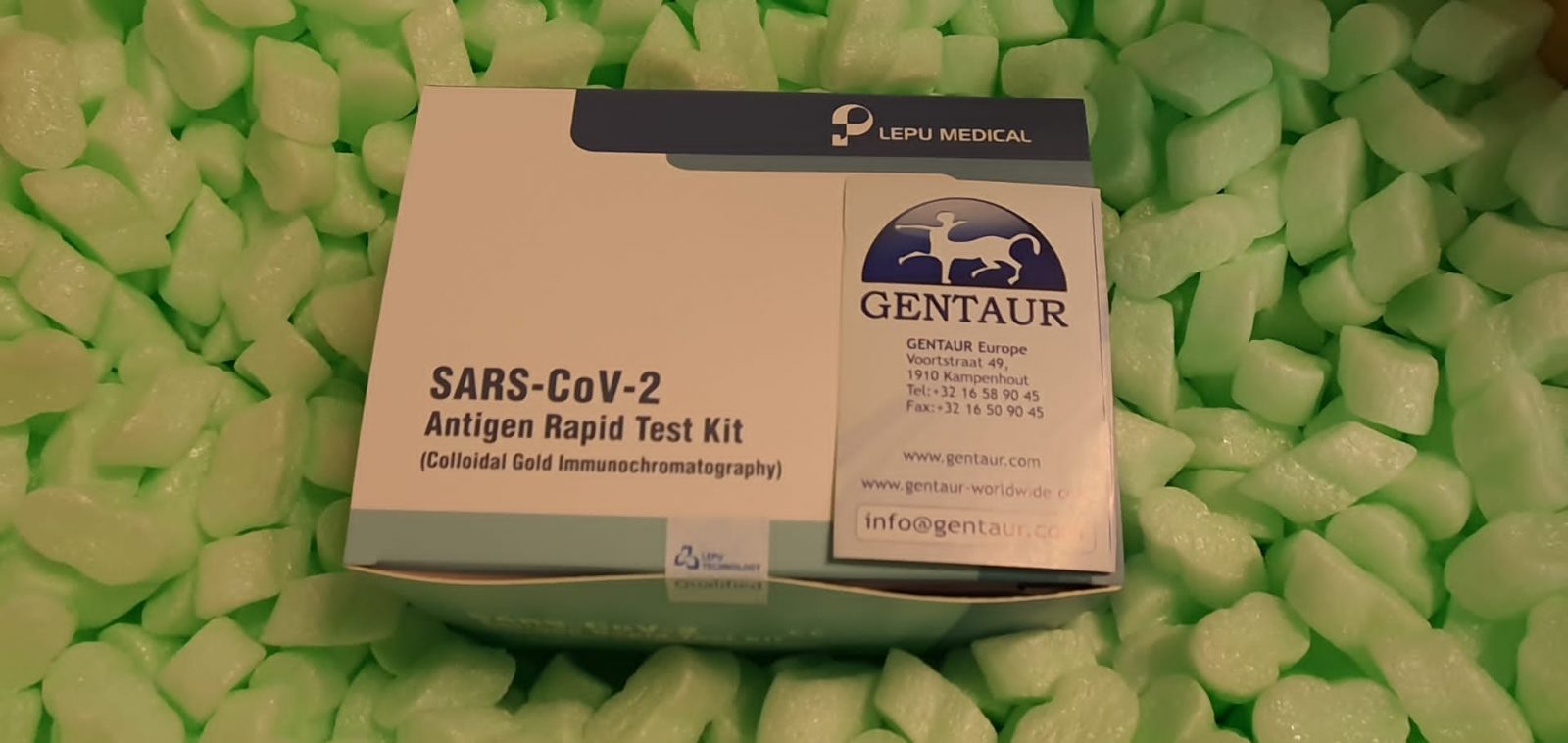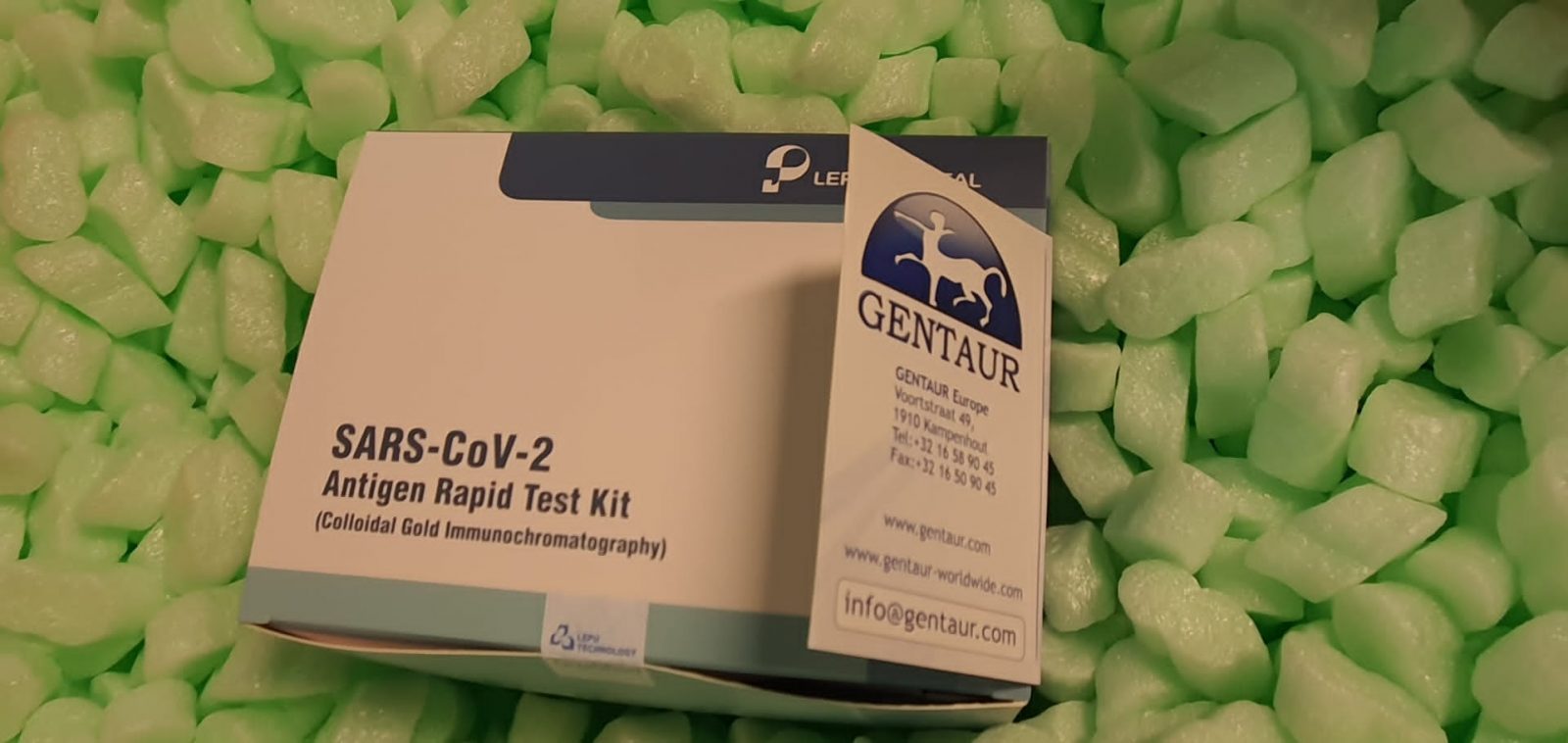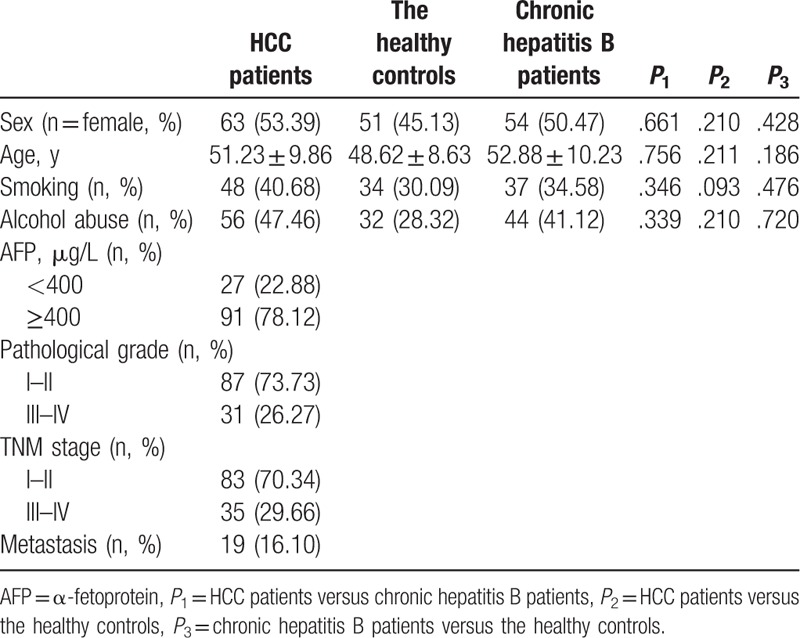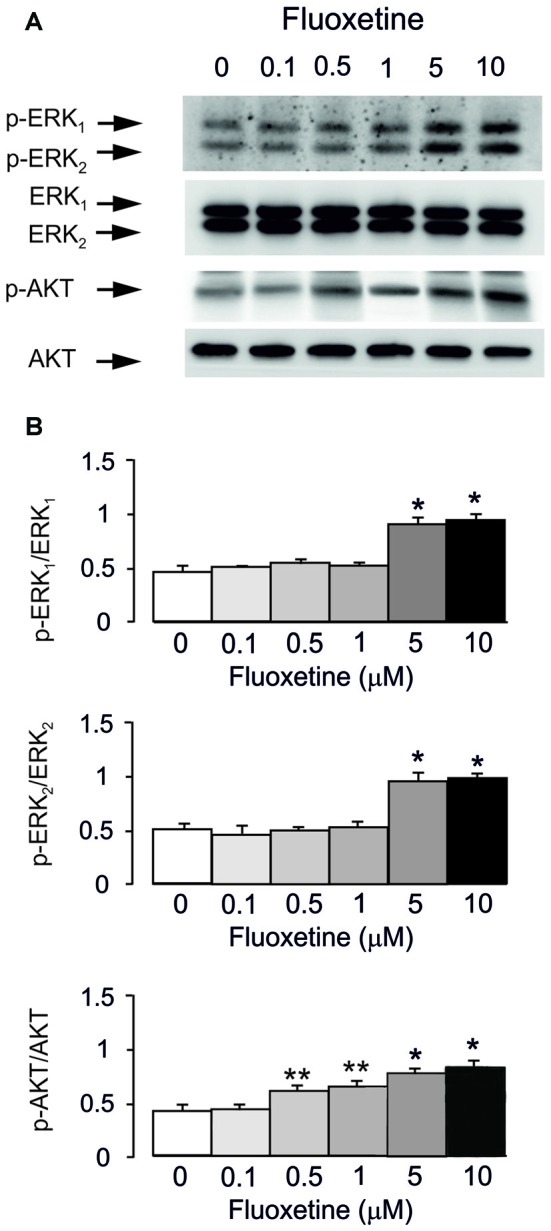Idiopathic hyperckemia has been described as persistent serum creatine kinase (CK) elevation at the least 1.5 occasions the higher restrict…
Severe acute respiratory syndrome coronavirus 2 (SARS-CoV-2) an infection (coronavirus illness 2019; COVID-19) is related with hostile outcomes in sufferers…
It has been unraveled that microRNAs (miRNAs) performed essential roles in processes of human illnesses, whereas the position of miR-494-5p…
Non-alcoholic fatty liver illness (NAFLD) is related to weight problems, insulin resistance and dyslipidaemia and at present is estimated to…
CaveolinThree variants related to arrhythmogenic cardiomyopathy and muscular dystrophy can disrupt post-Golgi floor trafficking. As Caveolin1 was not too long…
The mechanisms underlying the hypoxic most cancers cell-mediated differentiation of cancer-associated fibroblasts (CAFs) haven’t been elucidated but. The current examine…
Although traditionally the species par excellence for obtaining monoclonal antibodies has been the mouse, rabbit monoclonal antibodies are a booming alternative that is gaining…
Although the preparation of samples for ELISA must always be optimized based on the target molecule and the specific assay at hand,…
This research aimed to discover the genetic affiliation of polymorphisms in caveolin-1 gene (CAV1) with hepatitis B virus-related hepatocellular carcinoma…
Previously, we reported that fluoxetine acts on 5-HT2B receptor and induces epidermal progress concern receptor (EGFR) transactivation in astrocytes. Recently,…

